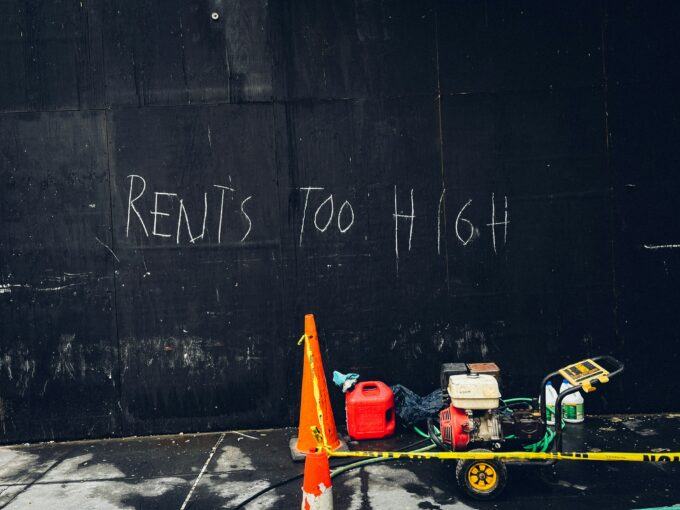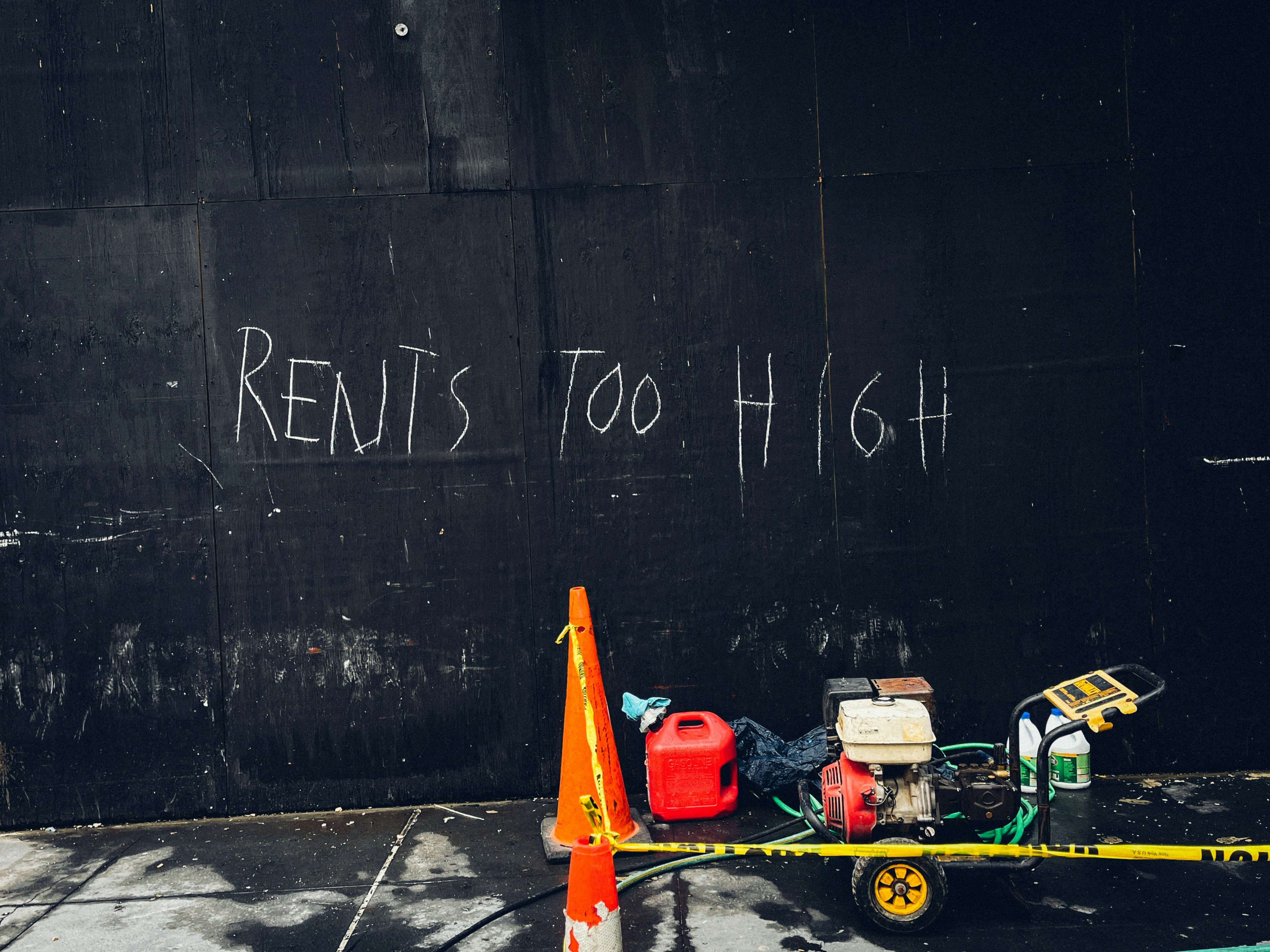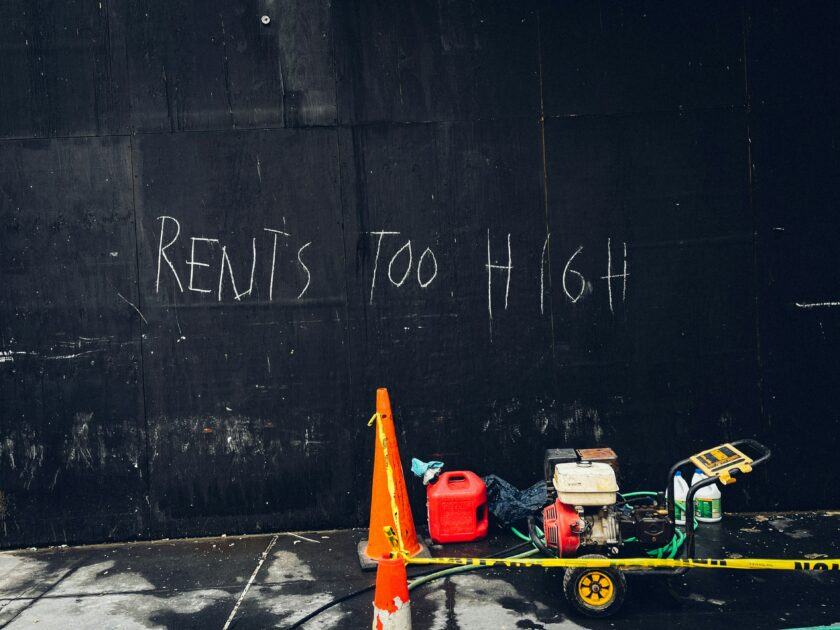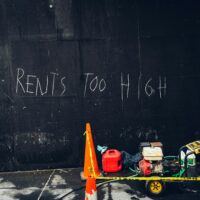






























































Image by Vidar Nordli-Mathisen.
President Trump’s latest hint of using the U.S. military to annex Greenland if its leaders and 55,772 (2025) violently disagree (anti-U.S demonstrations have begun). It’s also a predictor of his annexing plans for Canada’s 40.1 millions . Indeed, 85 percent of both countries in late March opposed his neo-colonization plan.
Considering that both have significant national debts for their size, both could certainly use the money. Canada’s deficit for FY 2024-25 is expected to be more C$60 billion . Removal of Denmark’s annual subsidy to Greenland would require at least US$564 million. Too, Denmark was generous enough never to charge the U.S. rent since 1951 for building the 150-person Pituffik Space base (formerly Thule Air base). And add a bonus of nearly 75 years of back rent with a few retroactive billion or two to Denmark for smoothing over Trump’s imperious rant :
“No, I never take military force off the table. But I think there’s a good possibility that we could do it without military force. We have an obligation to protect the world. This is world peace, this is international security. And I have that obligation while I’m president. No, I don’t take anything off the table.”
Strategic chokepoint aside, Greenland’s other monumental attraction to the Trump regime is its significant mining resources for American corporations: coal, oil, gas, iron ore, gold, silver, copper, lead, zinc, graphite, olivine, cryolite, and marble. Not to mention the discoveries of uranium, thorium and the Earth’s largest deposits of rare-earth elements for technologic products such as yttrium, scandium, neodymium and dysprosium.
Canada also has a vast amount of similar resource reserves that could be rented without a single U.S. boot on the ground or dropping 2,000-ton bombs on those two targets. No more bloody casualties or billions worth of property and infrastructure damage that only war-lovers and munition-makers savor. The rental expense to the American taxpayer would be a fraction of yet another exploitive war.
Let’s consider other aspects of renting rather than annexing:
In an imitation of his admiration of the high-tariff, colonizing president William McKinley , Trump has turned to the forced annexation idea for Greenland, Canada, Mexico, and Panama. Somehow he overlooked the results of McKinley’s annexation of the Philippines ‘ small islands as a war prize from Spain in 1899. It set off a three-year guerilla insurrection—deaths: 4,200 out of 125,000 U.S. troops, 220,000 Filipinos—that cost taxpayers $14,775,395,348 (2025 values).
Annexing Canada is another matter. At 3.8 million square miles , it’s the world’s second largest country, currently with 40,126,723 people . Most polls show an overwhelming majority of Canadians don’t want to become the 51st state no matter how much economic and political pressure the Trump administration applies.
Like the bare-knuckled deal he’s trying to force on Ukraine’s prime minister Volodymyr Zelinsky for past and present military aid and past: the U.S. would “control investments into Ukraine in projects including roads and railways, ports, mines, oil and gas and extraction of critical minerals.” Plus reap all the profits.
Indeed, in February when Trump began threating a 25 percent tariff on Canadian imports, then-prime minister Justin Trudeau and Mexico’s president Claudia Sheinbaum responded by beefing up border security . Trump backed off with a “pause” in the tariff deadline. On the eve of April 2’s deadline, new prime minister Mark Carney declared if the U.S. tariffs went forward, Canada would “put in place retaliatory measures.”
Meantime, Congress was roiled by the Senate’s Democrat bill to block Trump’s tariffs altogether on Canada. Yet even if the House passed it, Trump is unlikely to sign it into law. But it’s the thought that counts because most Americans told many pollsters they opposed these enforced annexations. They seem to sense the bloody backlash and ruinous expense they will cause.
Now, with the national debt hovering at $36.22 trillion, how could the U.S. Treasury possibly pay rent for annexations? One source to tap is certainly foreign aid, too often used to bully or bribe recipient countries into supporting administration policies and strategies. Foreign aid’s latest disbursement totaled $71.9 billion . Out of it in 2024, distributions to be counted already as rent to potential annexed landlords are:
• $668,500 to Greenland
• $251,600 to Canada
• $74,700,000 to Mexico
• $10,300,000 to Panama
Another obvious source for rent money is the Pentagon, of course, which otherwise would have to enforce an occupation at far, far greater cost. Congress just voted it an allocation of $833 billion for FY 2025. And then there’s the State Department, awarded $18.47 billion. It perhaps could claw back the $2.22 billion “saved” when Trump approved the death of its USAID program (U.S. Agency for International Development).
Having enraged those countries with annexation plans, Trump would have to expect a hefty rental price from each. But the savings in blood, treasure, and reestablishing relationships would be well worth it.
The post Wouldn’t It Be Better, Cheaper Just to Rent Greenland, Canada, Mexico, and Panama? appeared first on CounterPunch.org.
This content originally appeared on CounterPunch.org and was authored by Barbara G. Ellis.